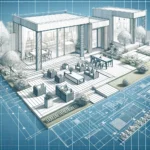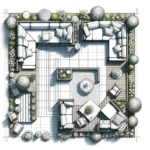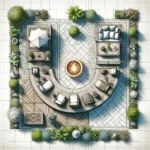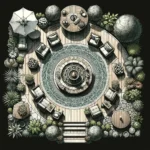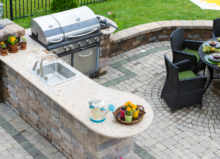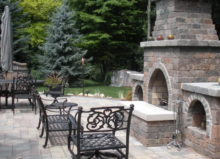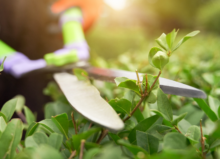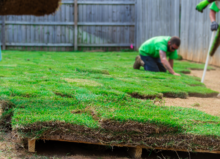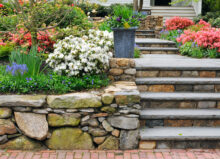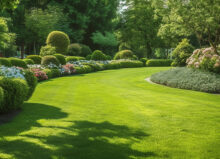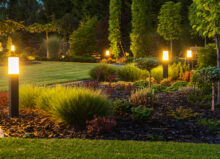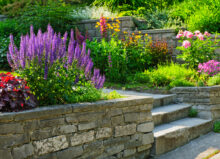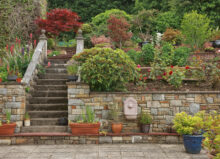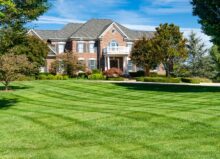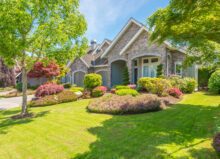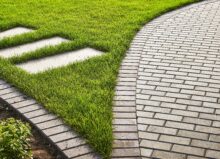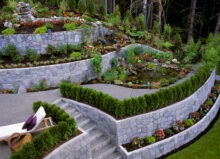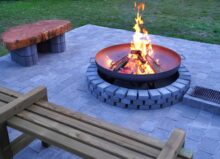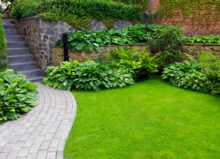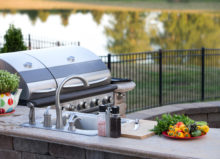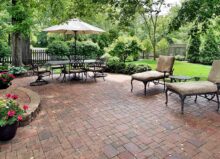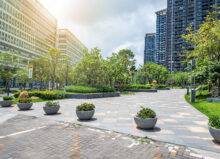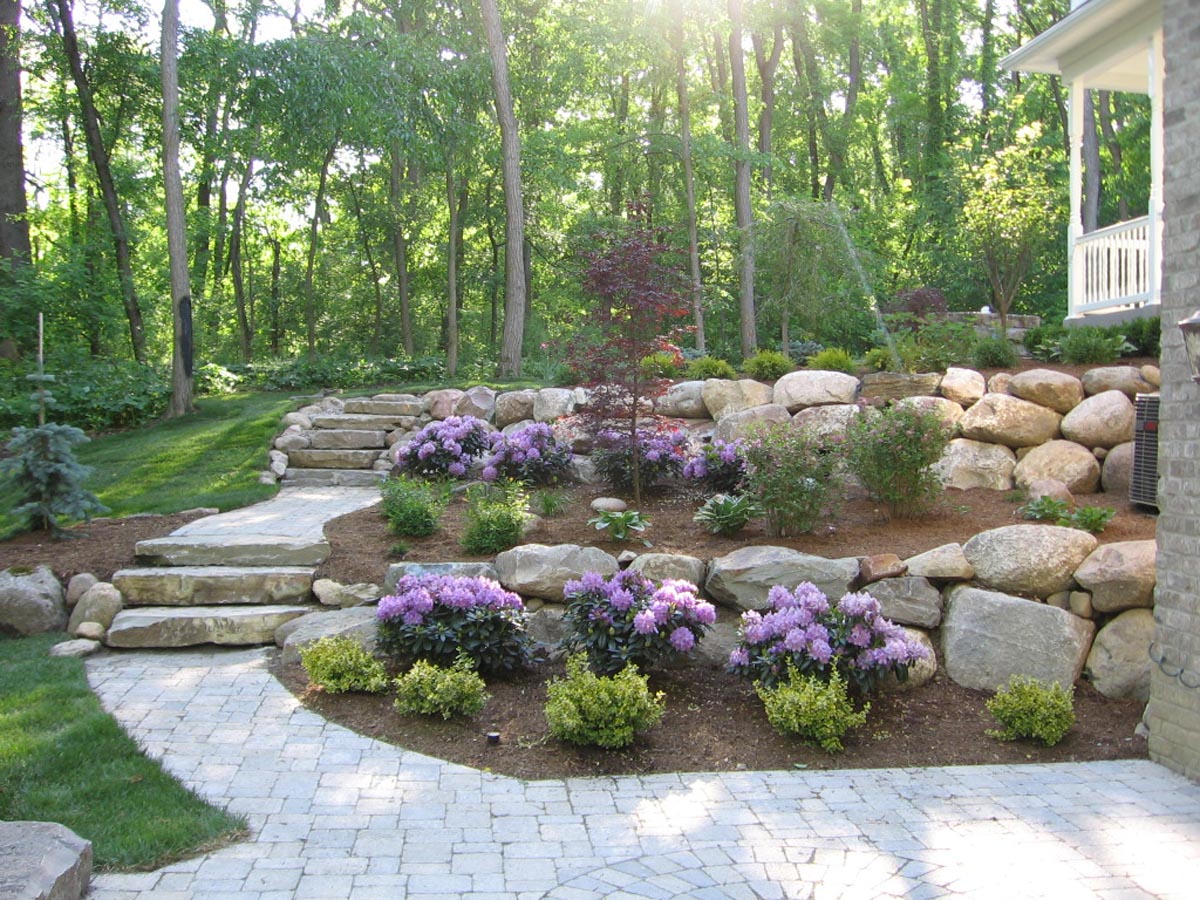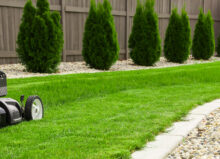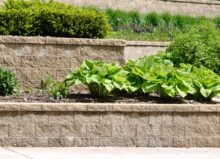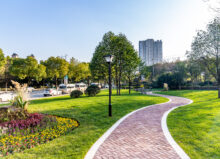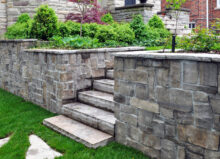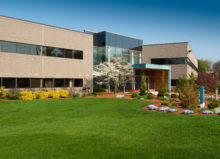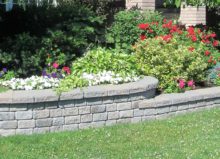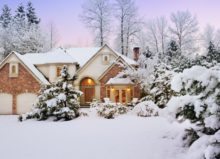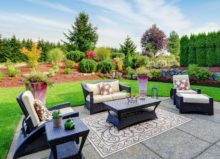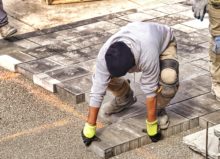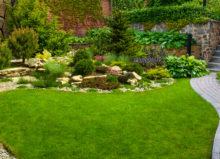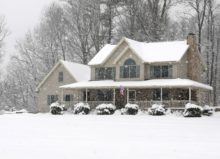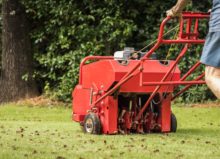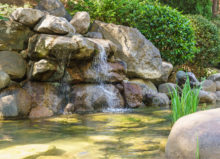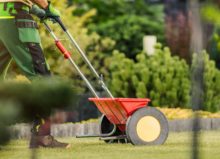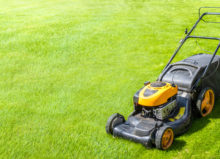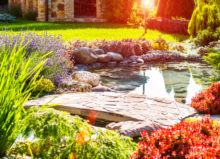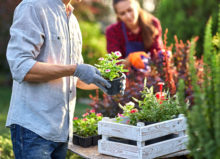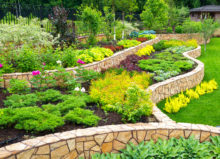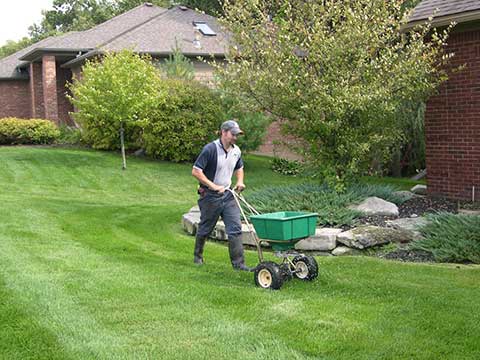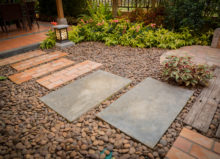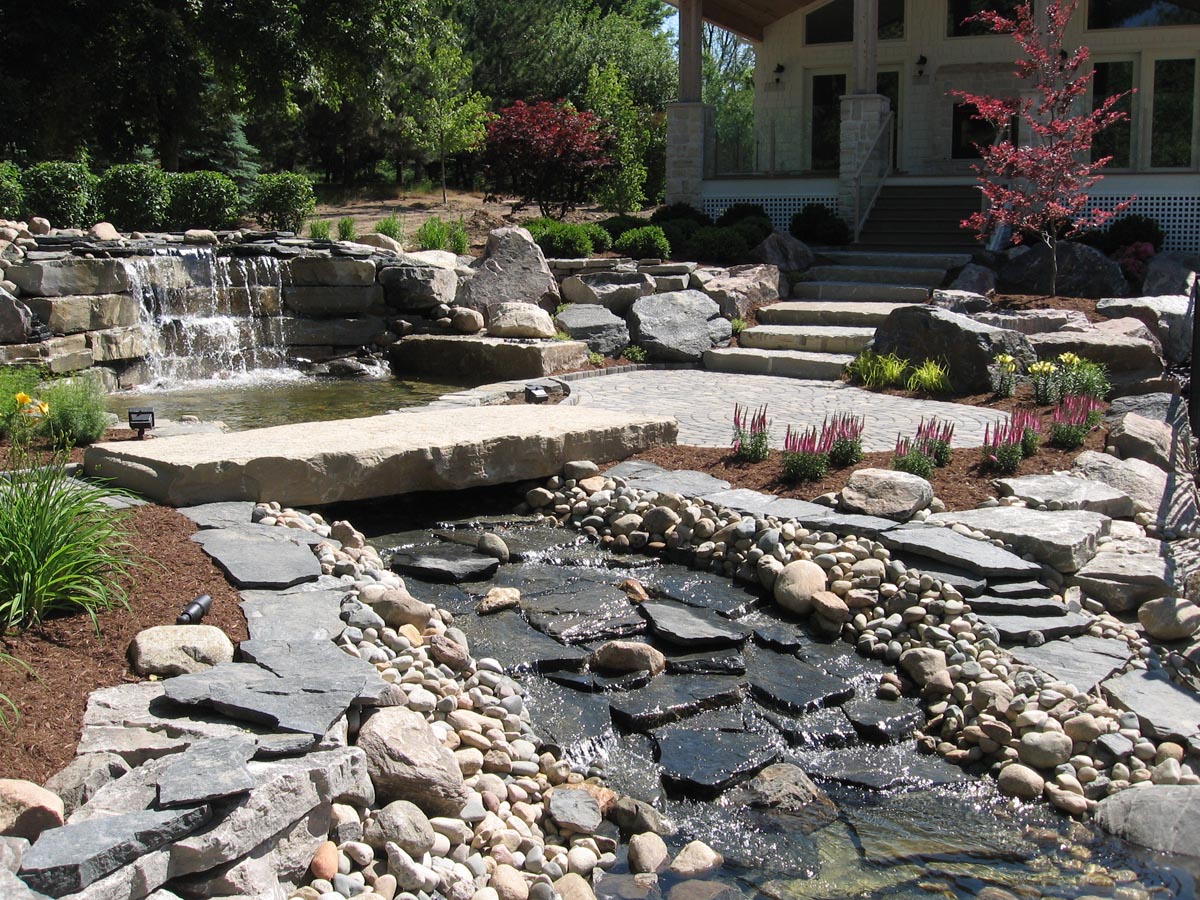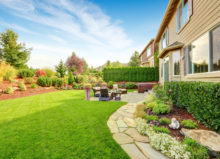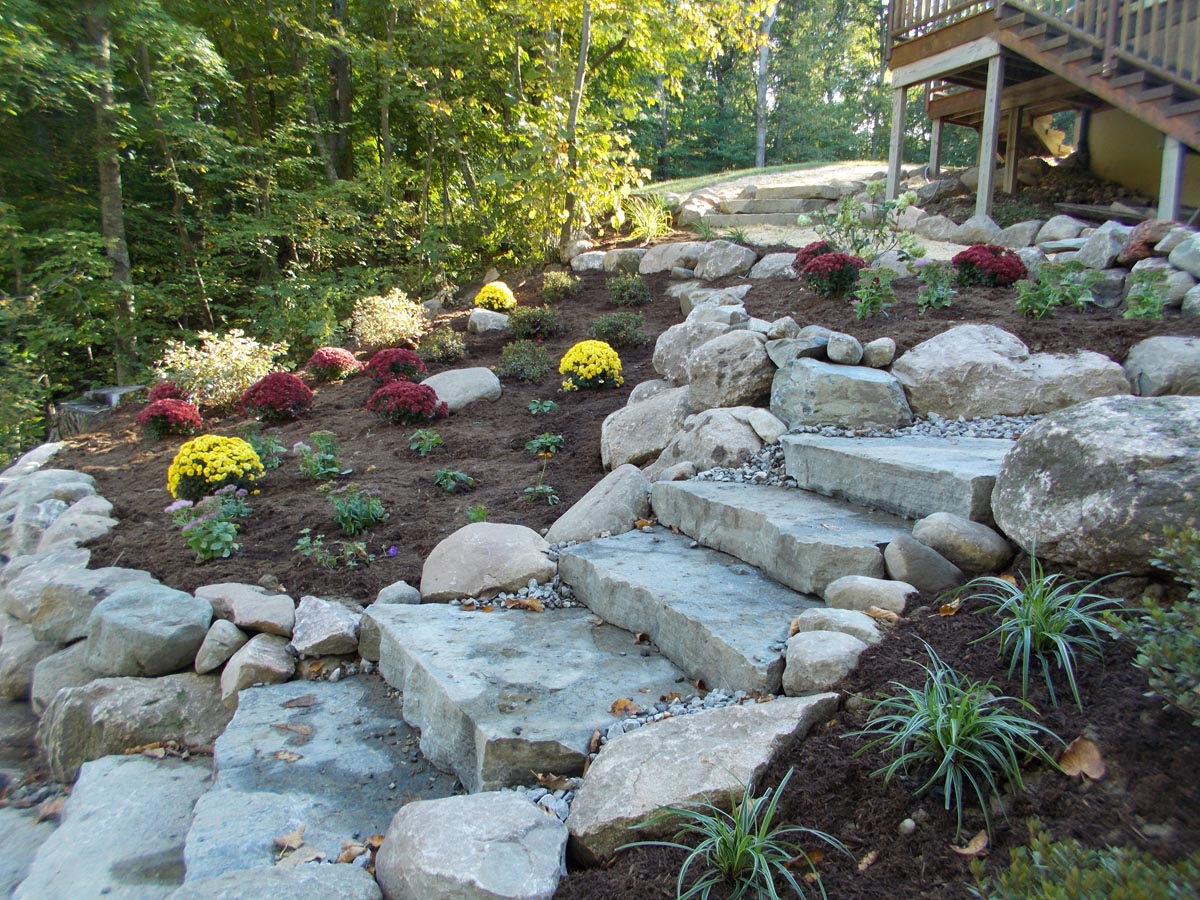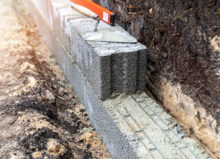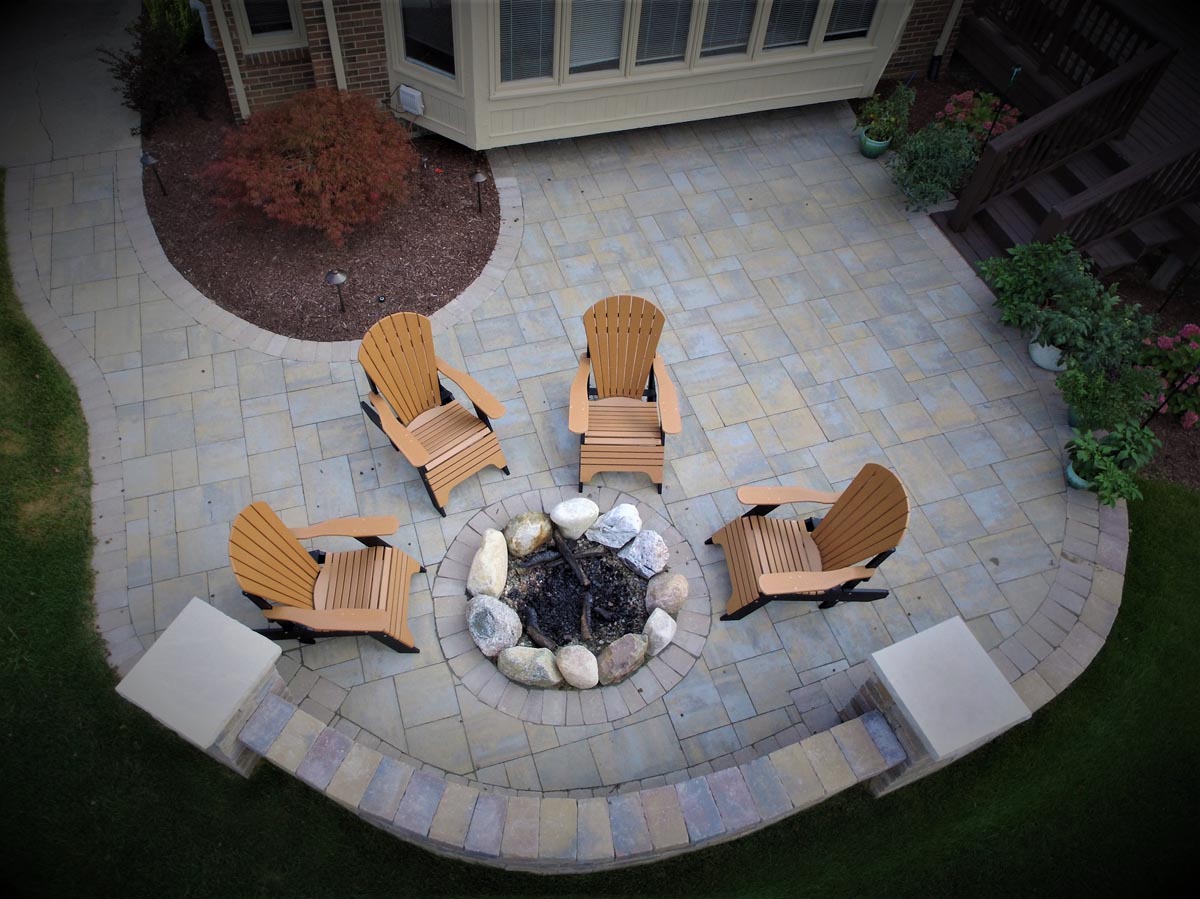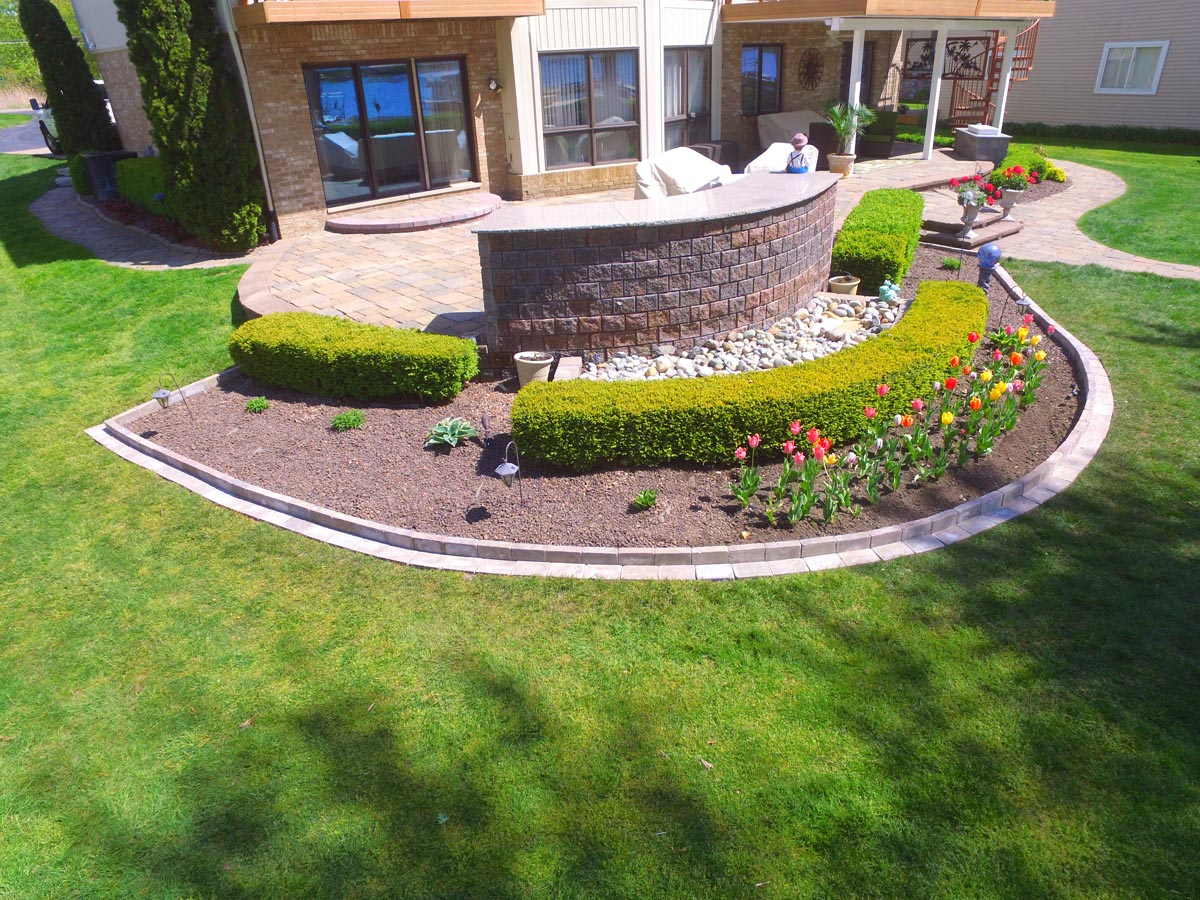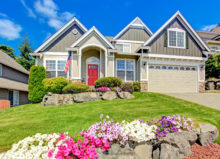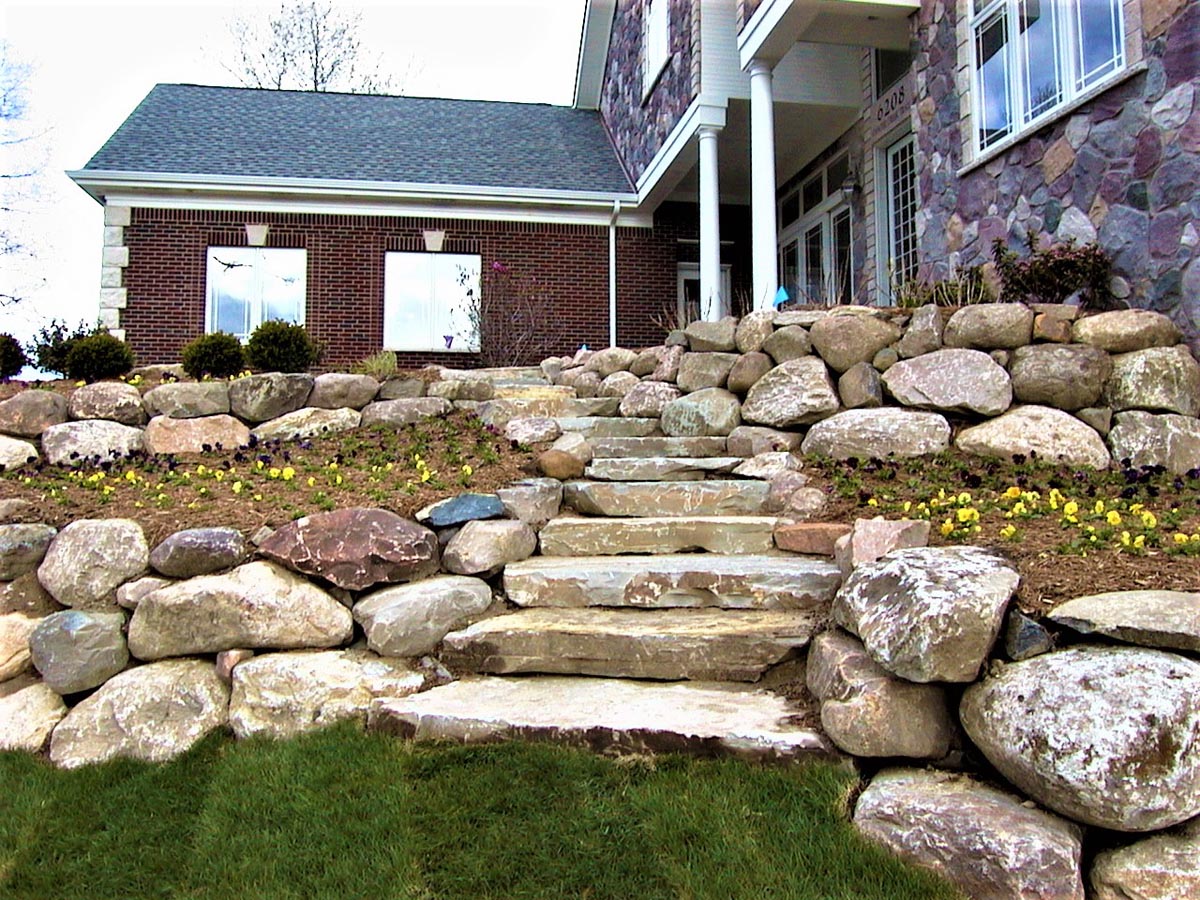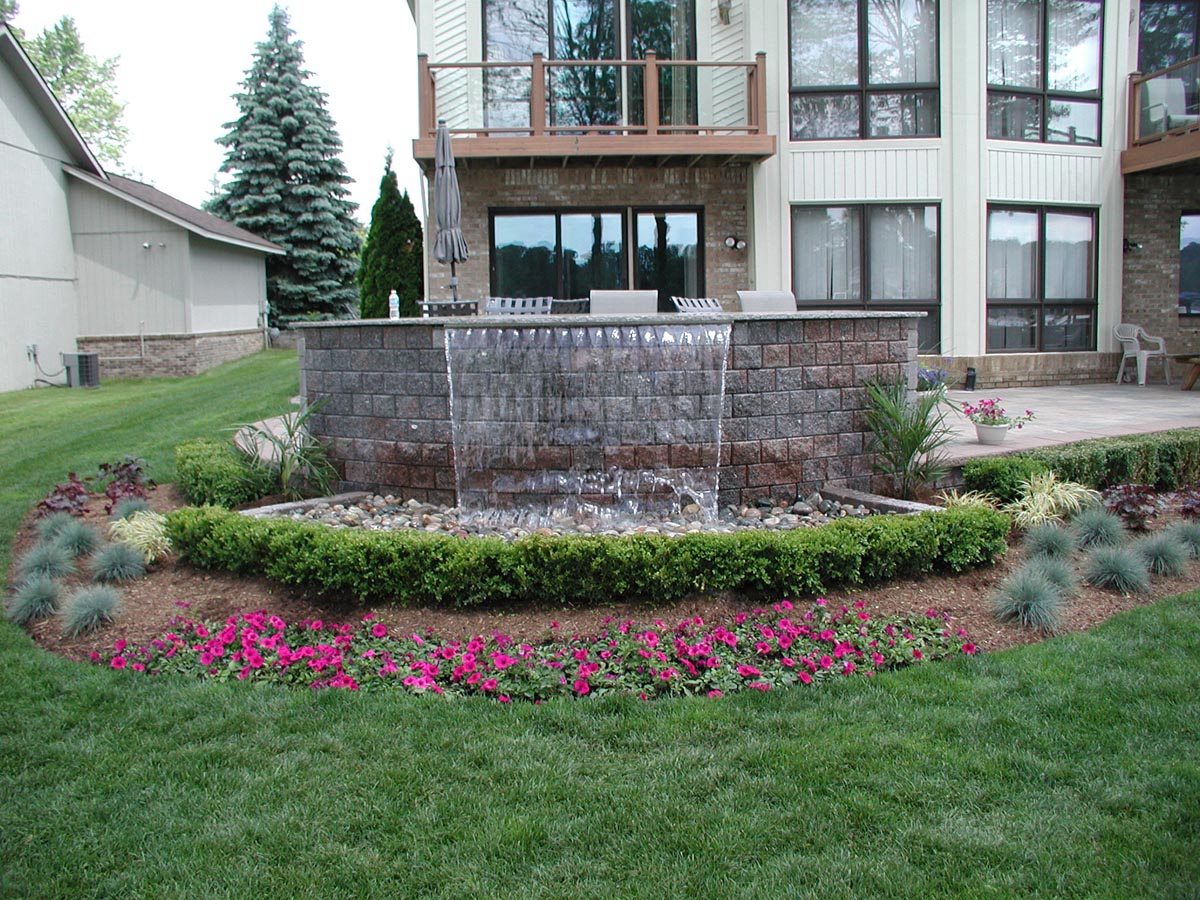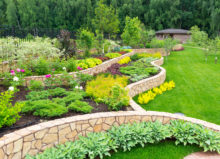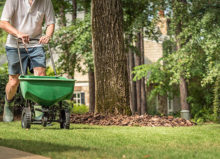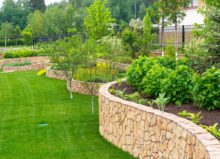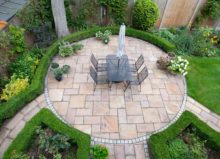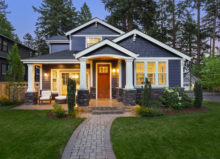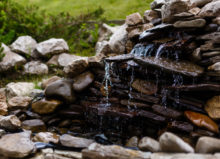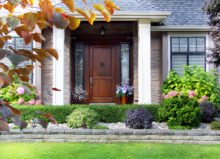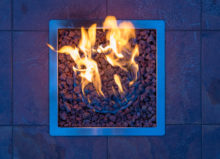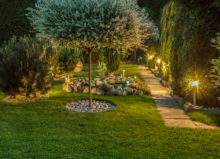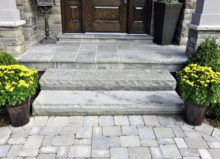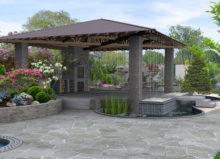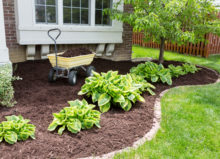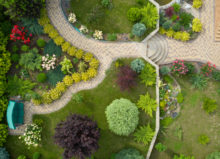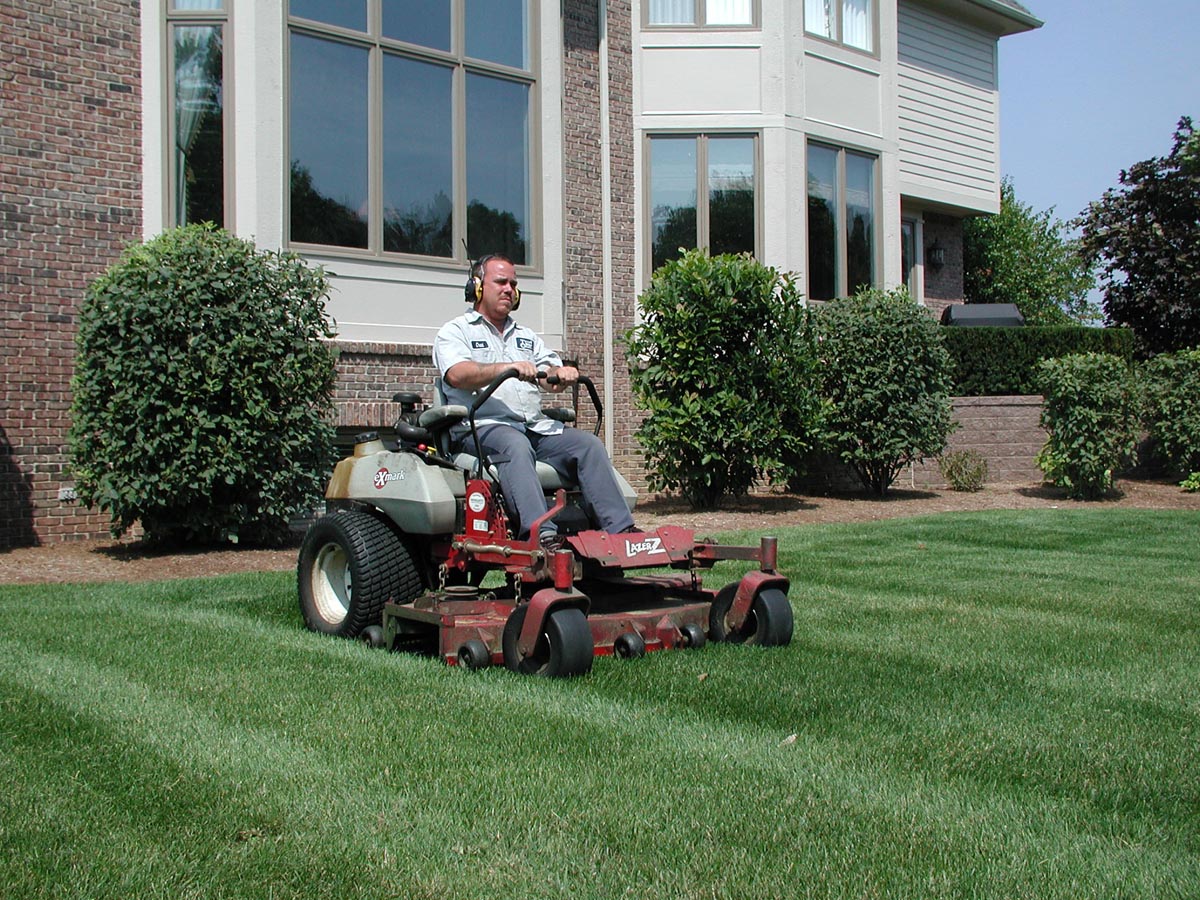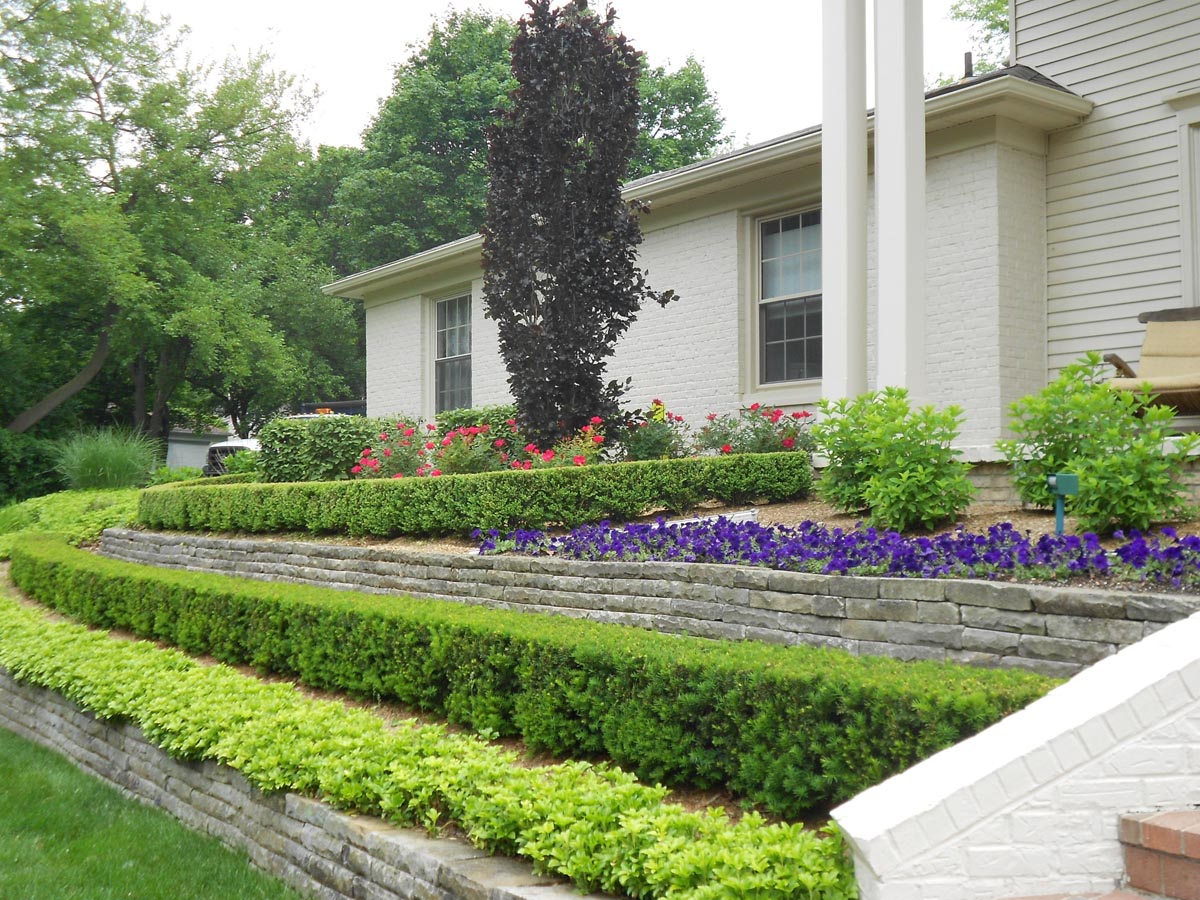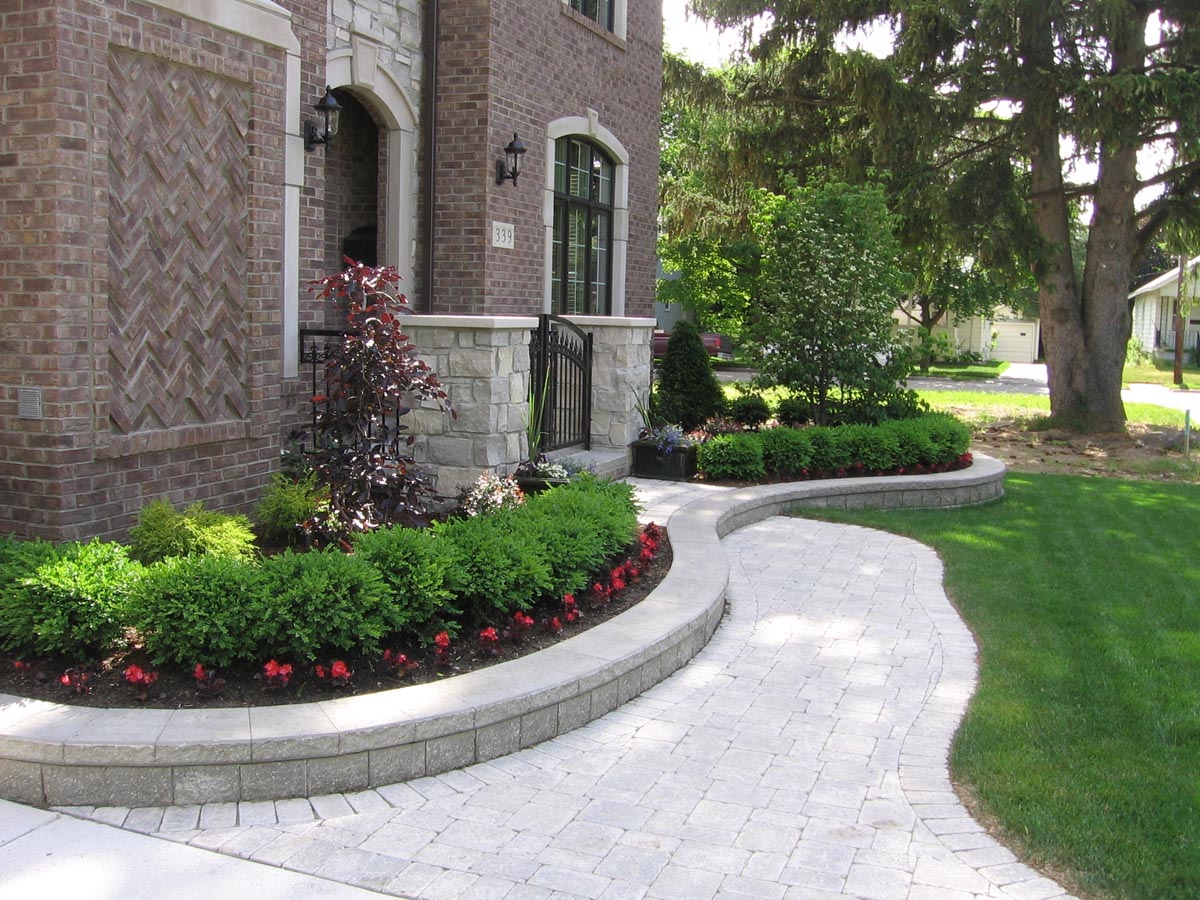How to Design the Perfect Patio
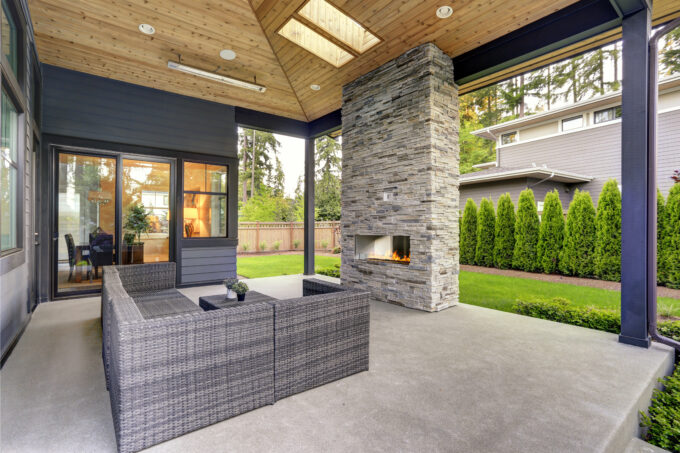
A well-designed patio not only adds aesthetic value to your home but also serves as a functional area for relaxation and social gatherings. However, the key to enjoying these benefits is creating a successful patio design, which involves selecting the right layout, materials, and features that cater to your needs and preferences.
So, what exactly do you need to consider when planning the layout, selecting materials, and choosing features?
Layout
- Linear
- L-Shaped
- U-Shape
- Circular
There are several factors to think about when creating your design. Those include the actual layout, seating arrangements, and the central area.
| Layout Name | Description | Ideal For |
|---|---|---|
| Linear | Arranges elements in a straight line | √ Narrow or small spaces √ Creating a clear path |
| L-Shaped | Arranges elements in an L shape | √ Creating distinct zones or areas √ Creating a cozy, enclosed feel |
| U-Shaped | Arranges elements in a U-shape and is centered around one primary focal point. | √ Large spaces √ Creating a communal atmosphere |
| Circular | Arranges elements in a circle around one focal point. | √ Social spaces |
Layouts can also be enclosed, offering privacy and protection, or non-enclosed to blend seamlessly with the outdoors.
Seating Arrangements
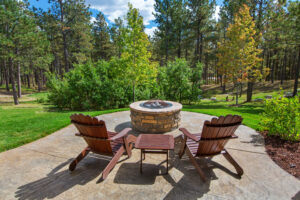
Seating arrangements are also crucial to the patio layout. They can be formal, with symmetrical arrangements, or casual, with varied seating options. The most common types of seating include:
- Dining Sets: Perfect for people who enjoy outdoor meals or want to cater to various group sizes.
- Lounge Chairs & Sofas: Ideal for relaxation and conversation. They can be arranged individually or in groups.
- Benches & Built-in Seating: Great for individuals looking to save space and for patios incorporating fire pits or fireplaces.
- Modular Seating: This type of seating offers flexibility and is suitable for homeowners who frequently change setups or host different types of gatherings.
Central Areas
What do you want as the focal point or main element on your patio? You have many options, including fire pits or fireplaces, dining tables, water features, and outdoor kitchens or bar areas.
| Central Area Type | Benefits | Downsides | Ideal for This Layout |
|---|---|---|---|
| Fire Pits or Fireplaces | • Provide warmth and ambiance • Can extend patio use into cooler months |
• Require safety considerations and maintenance • Restrictions may be in place in your area |
• U-Shaped • Circular |
| Dining Tables | • Great for entertaining or serving outdoor meals | • Can take up significant space • May require regular maintenance, depending on the material. |
• Linear • L-Shaped |
| Water Features | • Create a relaxing environment | • Require maintenance, including cleaning and water treatments • Can be a potential safety concern if you have children. |
• Circular (if the water feature is the primary focal point) • Linear (if the water feature is a backdrop) |
| Outdoor Kitchens & Bars | • Great for entertaining • Adds functionality |
• Can be costly to install • Require a larger space • Will need to be winterized |
• U-Shaped • L-Shaped |
Decisions, Decisions, Decisions
When you’re deciding on a layout, think about:
- Your Space: Is it big? Small? Narrow? What can you realistically fit in it? If you’re working with a narrow space, opt for a linear layout, skip the outdoor kitchen, and focus on the dining table or a water feature in the central area.
- Function/Purpose: What do you want to do in the space? Lounge on a couch and read Stephen King? Enjoy nature? Host parties? Cook meals outdoors? The patio’s function should be the primary consideration when you select a central area and corresponding layout.
- Cost: Fireplaces, outdoor kitchens, and water features are the more expensive options. If you’re looking for low-cost elements, go with dining tables, fire pits, or seating.
- Maintenance: Like the bullet point above, the most expensive elements are also the most high-maintenance options. While there are some low-maintenance water features, opt for dining tables or fire pits if you want an extremely low to no-maintenance patio.
Materials
You can choose from many materials when building your outdoor patio. The factors you need to consider during material selection include material availability and cost. Here’s a simple breakdown of some of the materials we would use when designing an outdoor patio:
| Material Type | Availability | Cost | Maintenance | Common Uses | Advantages | Disadvantages |
| Wood | Commonly available although exotic woods like teak or ipe or sustainably sourced varieties may have limited availability | Moderate | Requires sealing and occasional cleaning and polishing | Seating, accents | Natural look, adds warmth | Requires regular maintenance to maintain aesthetic, susceptible to weather damage |
| Concrete | Widely available | Low to Moderate | May need resealing every few years | Flooring, walls | Versatile and durable | Can crack over time, not as aesthetically appealing as other options |
| Stone | Varies, generally available. Sandstone, limestone, and certain granites might only be seasonally available or sourced from regions with seasonal quarrying restrictions | Moderate to High | May require sealing every few years | Flooring, fireplaces, water features | Durable and naturally beautiful | Can be expensive and hard to install due to weight |
| Brick | Commonly available | Moderate | Occasional cleaning required and needs resealing or jointing every few years | Fireplaces, flooring | Durable and classically beautiful | Limited in color and shape |
| Tile | Generally available, although specific types may be hard to find | Moderate to High | Depends on the type of tile | Flooring, accents | Variety of designs available and easy to clean | Fragile and can be slippery |
| Metal | Varies widely | Varies widely | Generally low, but there may be specific treatments for certain types | Seating, outdoor kitchens, accents | Durable with a modern look | Can heat up in sunlight and may rust without proper treatment |
So, for example, if you’re looking for lower-cost options, you would want to choose concrete flooring, brick fireplaces, wood seating, etc. If cost isn’t a significant factor for you, go with durable options that closely meet your aesthetic preferences.
Features
Lastly, what features do you want to include in your patio? What you decide to put in your space is dependent on your primary goal or the primary function of the patio.
Fire pits, fireplaces, and water features are all great features to include in spaces meant for relaxation, while outdoor kitchens and bars, dining areas, and seating areas are ideal for spaces intended for entertainment.
Other features, like lighting and plants, can change the mood or general feeling of the space.
Once you decide which features to include, the next step is to find placement strategies for each. To help you get started, we’ve created a list of common features and where we would recommend placing them:
- Fire Pit/Fireplace: Place in a central or corner location for safety and visibility. Ensure ample clearance from flammable materials and overhead structures. Not recommended for enclosed patios.
- Seating Area: Arrange for comfort and conversation and consider sun and wind exposure (unless the patio is enclosed). If you want conversation to be the main focus, arrange the seas in a circle or U.
- Dining Area: Ideally situated close to the kitchen or cooking area. If you’re cooking indoors and using the outdoor space for dining, choose a shaded spot for your dining area or add an umbrella for comfort.
- Outdoor Kitchen or Bar: Position near the house for easy access to utilities. Ensure good ventilation and lighting. Not recommended for enclosed patios.
- Water Feature: Place in a visible yet non-obstructive area. Don’t place the water feature directly under a tree where branches and leaves frequently fall—this will increase maintenance needs.
- Lighting: Use varied lighting for ambiance and safety. Use pathway lights for navigation, accent lights for features, and overhead lights for dining and seating areas.
- Plants & Landscaping: You can use landscaping elements to create privacy or shade or to act as windbreaks. Choose plants suited to the local climate and patio conditions (e.g., if you’re in a naturally shady sun, choose ferns and other low-light plants over full-sun plants).
The Drawbacks of DIY Design Projects
If you’re already feeling overwhelmed, it’s because design projects are challenging. There’s a lot to consider, and sometimes you may think you’re making the best decisions for your space, but halfway through the project, something will inevitably go wrong and make you want to stop the project altogether.
This doesn’t mean DIY projects don’t ever turn out successful. If you know what you’re doing and have landscaping or hardscaping design experience, this type of project could be a walk in the park for you.
However, in our experience, we’ve seen the following mishaps from DIY projects:
- General Poor Quality: This includes questionable structural integrity, incorrect material choices, and impractical layouts.
- Cost & Time Overruns: Without experience, budgeting may be inaccurate, leading to unexpected expenses. And encountering unforeseen challenges will ultimately result in project delays.
- Permit & Regulation Issues: Overlooking local building codes and permit requirements can result in legal complications.
Get Professional Help Today
We want the best for your space. If you’re not confident that you can successfully handle a patio design project, let our team at Design One help. We have over thirty years of experience designing patios and other hardscaping and landscaping elements for homeowners across Southeast Michigan.
You can visit our website to see some of our past projects or contact us today with your ideas. We offer free estimates!

